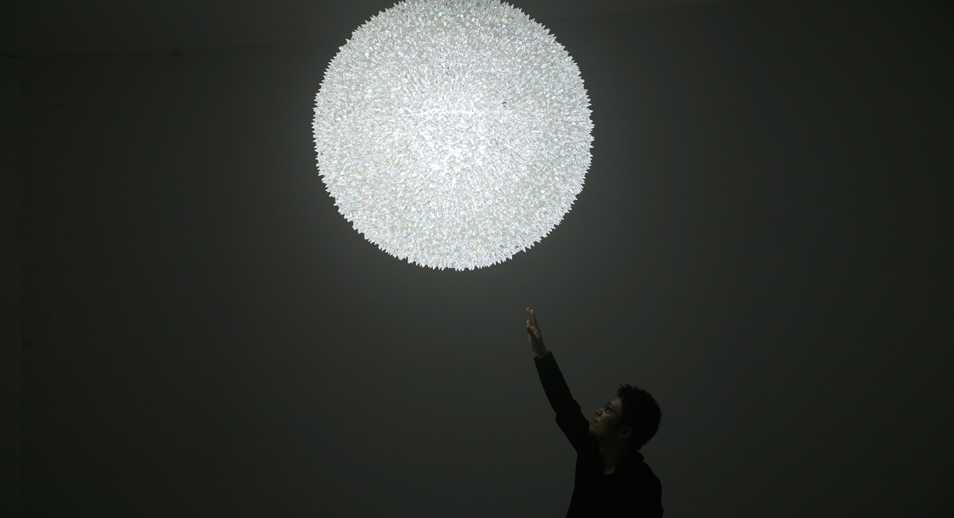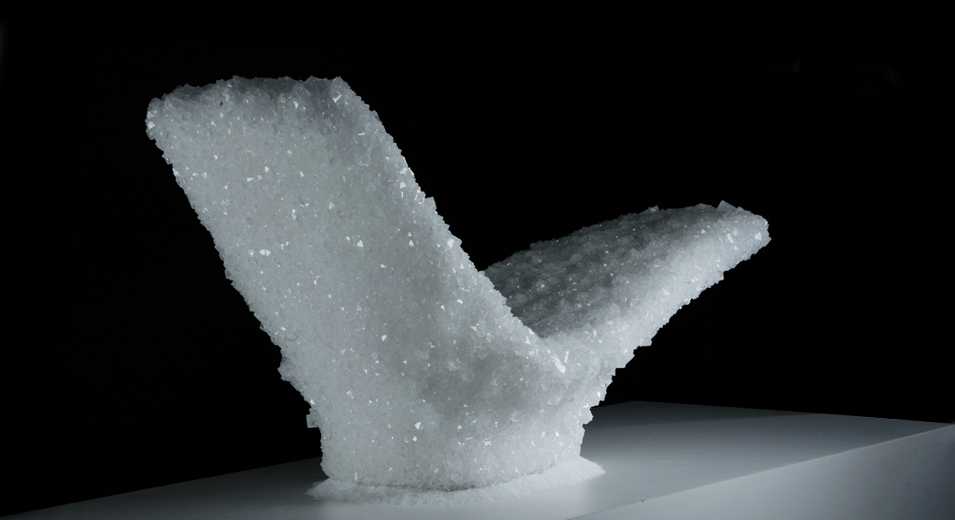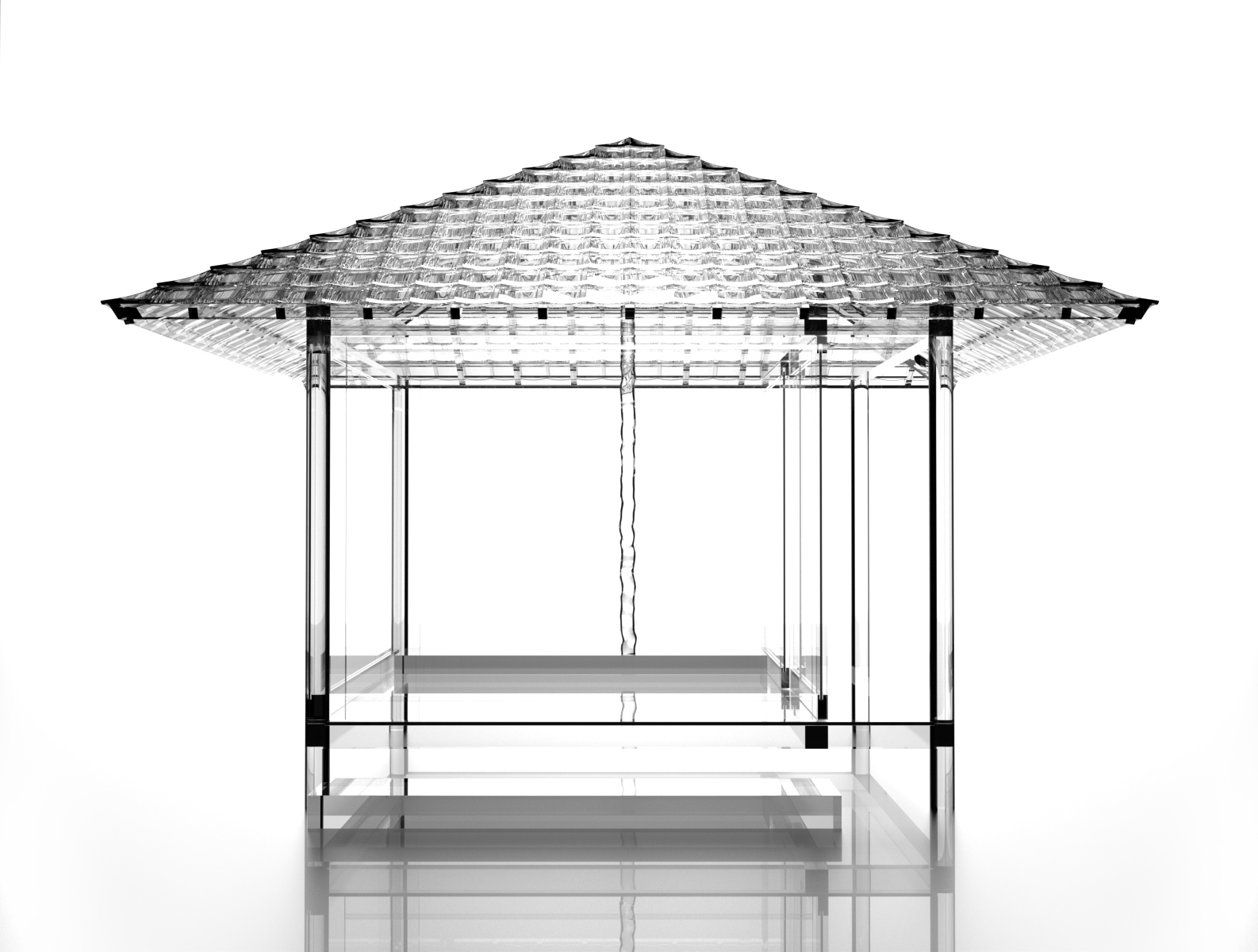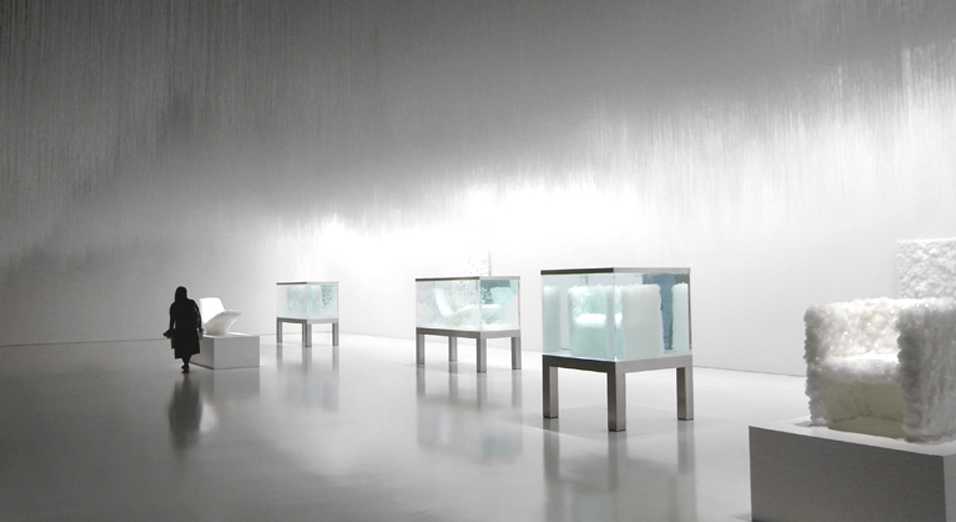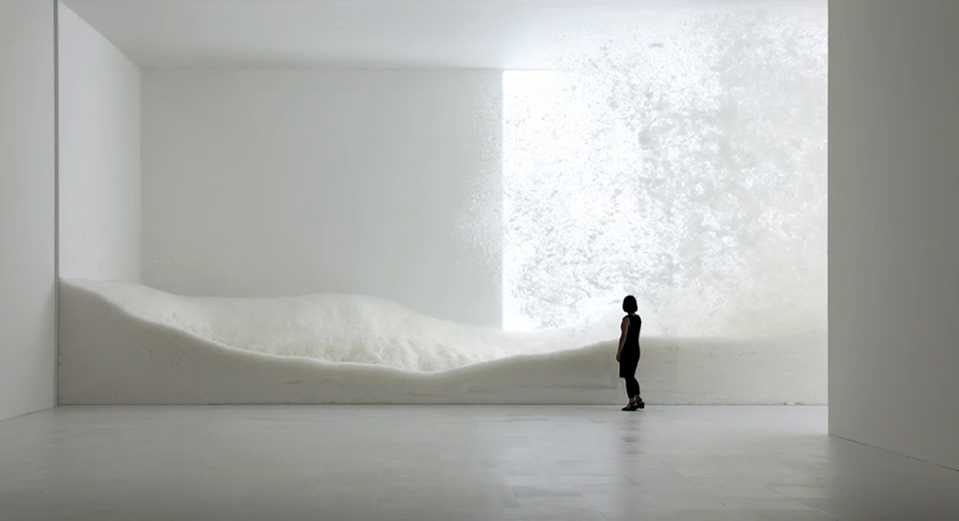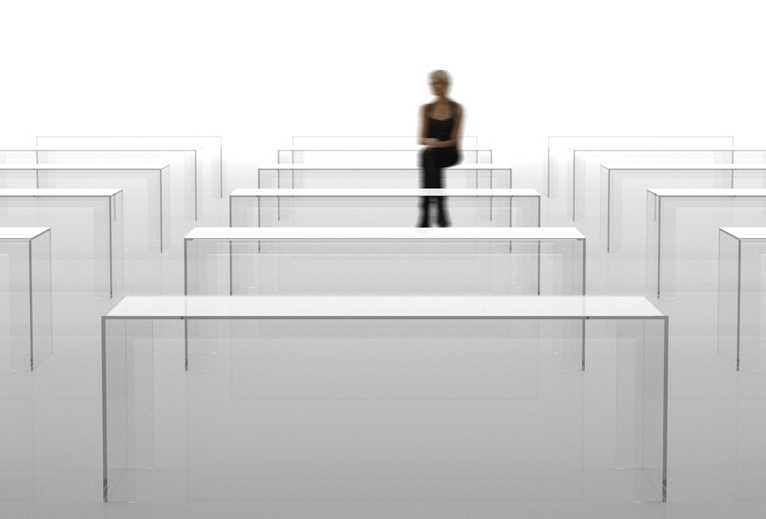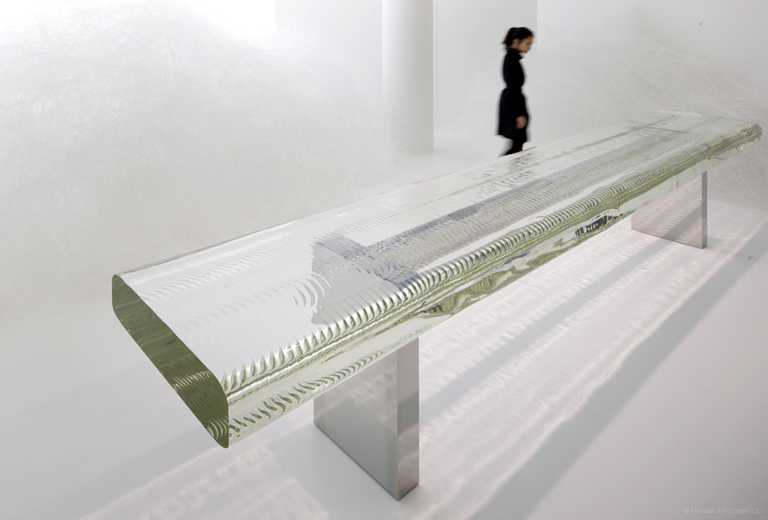Born in Saga, Japan in 1967. After worked under Shiro Kuramata and Issey Miyake, established his own studio, Tokujin Yoshioka Design in 2000. Tokujin has collaborated with various noted companies in and outside Japan such as Hermes, Swarovski and Issey Miyake, which he has been doing shop design and installation.
The paper chair “Honey-pop” (2001), Yamagiwa’s lighting “ToFU” and cell phone “Media Skin” for au design project have been highly evaluated as art works simply more than design works and became a part of permanent collections in the world’s well-known museums such as Museum of Modern Art (MoMA) in New York.
Selected as one of “100 Japanese respected by the world” in Newsweek magazine of Japanese edition. In 2009, Tokujin presented a new book ”Invisible Forms”, in which he gives away his own design theory. In 2010, his portfolio book “Tokujin Yoshioka” is published from Rizzoli International.
INTERVIEW
What does design mean for you? What is design in your life?
It is part of myself.
Please describe the changes in design over the last 20 years.
Today, unlike old days, everything is well designed and the society is satisfied with it. In such period, I believe design is shifting from merely designing the shape to designing the experience and the sensations.
Which designers/architects have influenced your work the most?
There are many designers I like. I am fascinated by designs with free idea.
What item have you envied because of its design?
Nature. It is more like awe-inspired than envying, yet I believe the nature that engraves the ever-changing expression is the finest creation in existence. That kind beauty exists only for a second and can never be reproduced. It gradually becomes a fragment of memory and naturally fades away.
Do you believe that design assists in the creation of a “better” world?
Design fills the possibilities in life with hope: maybe one’s life can be transformed because of a single design. The world of design is filled with dreams, and that is what makes it so wonderful.
Should design be more inexpensive or does it deserve to be paid for at a high price?
Both.
What led you to become involved in design?
I made up my mind to be a designer when I was 6 years old. At that time, I liked drawing and my father told me that there is an occupation called "designer". It was the time I decided to become a designer.
If you were not a designer, what other profession would you have chosen?
Someone who creates: such as a chef and musician.
















